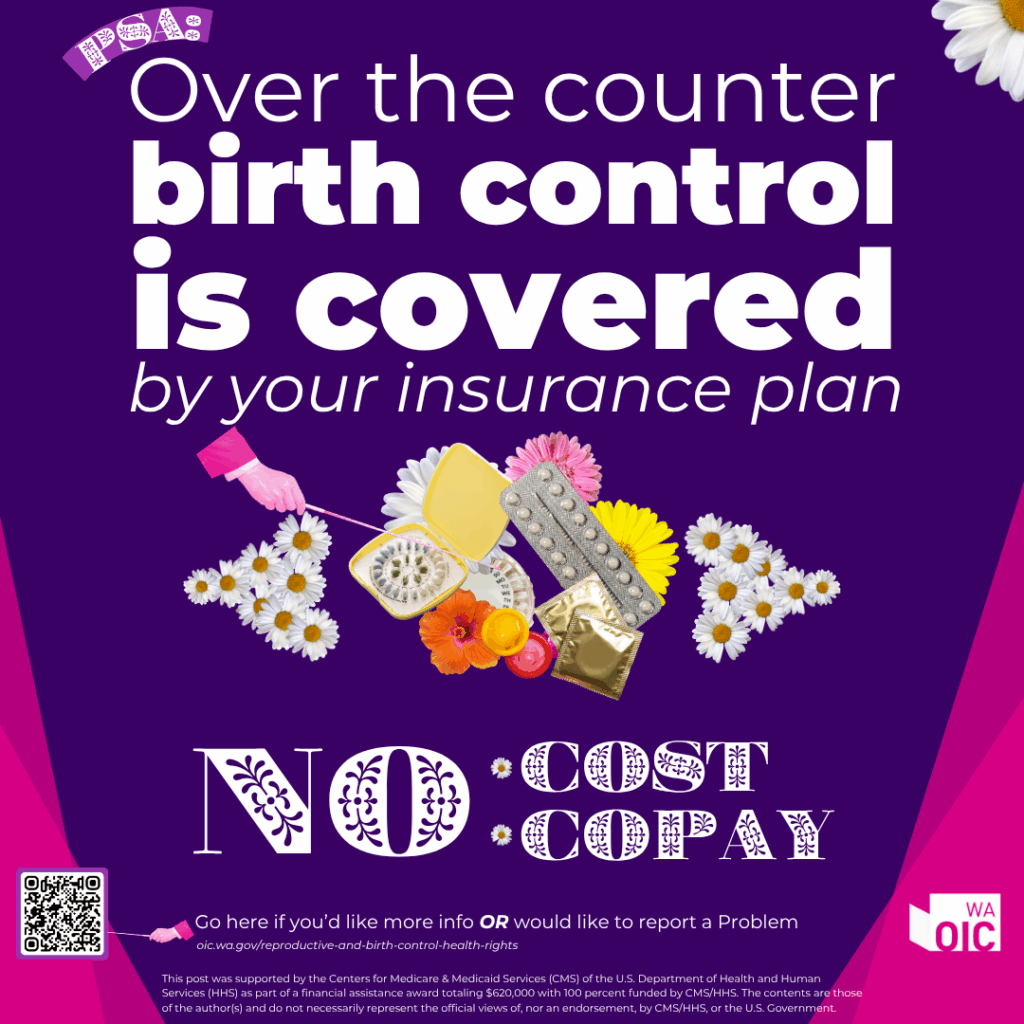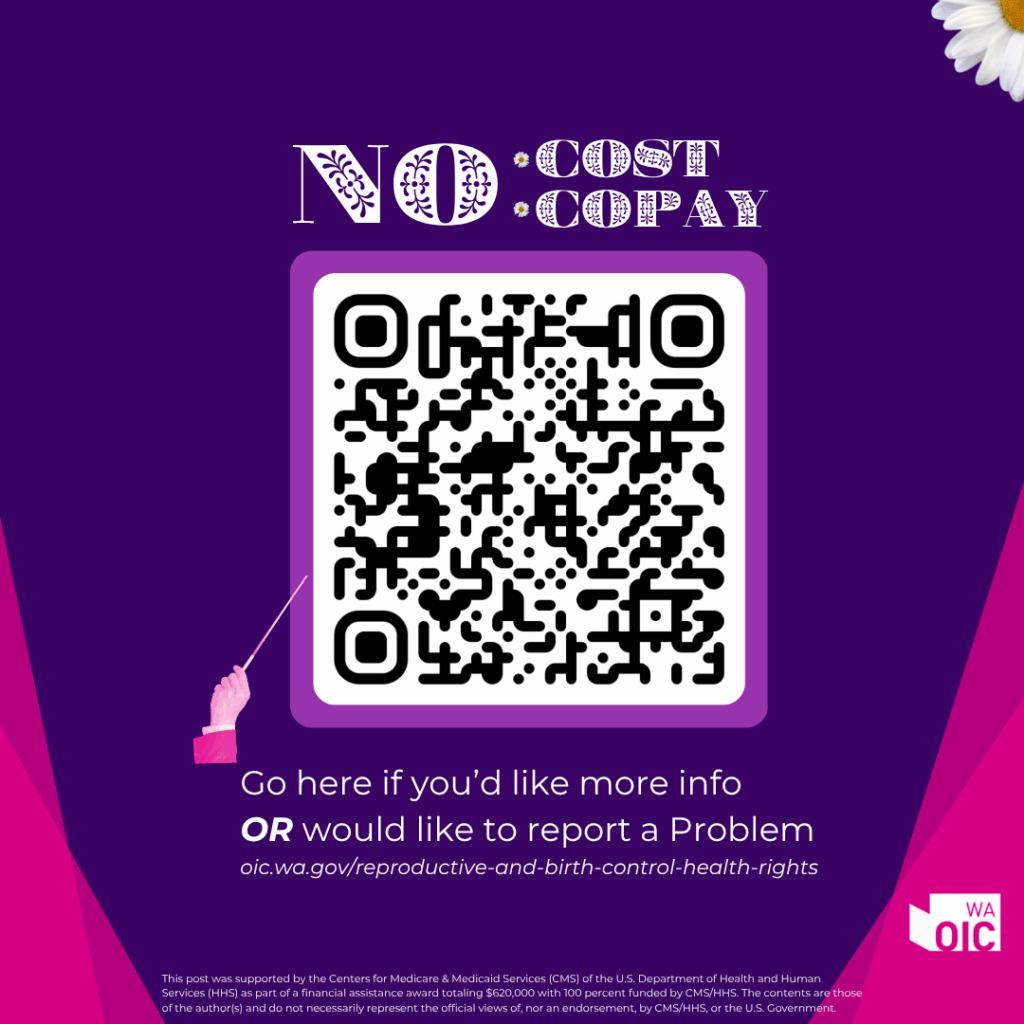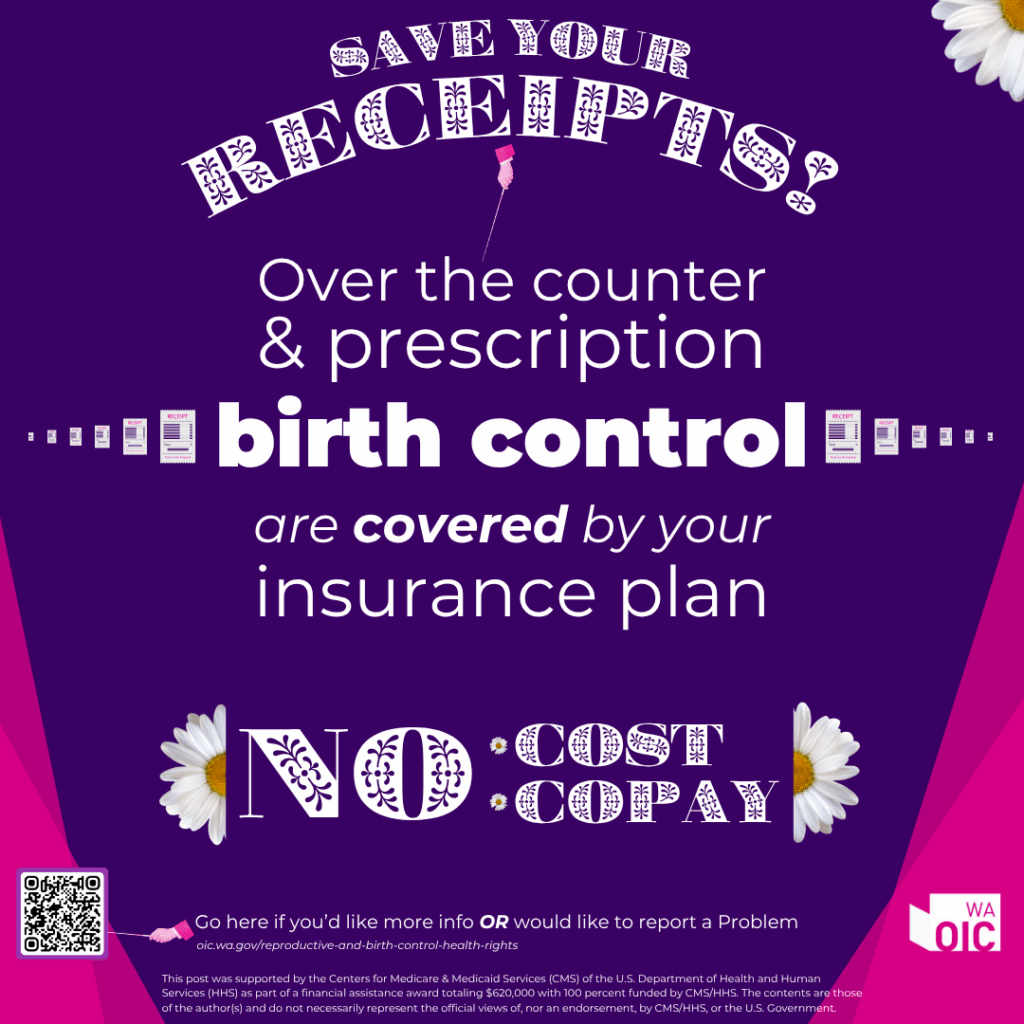In Washington, state and federal laws mandate that most health plans (Apple Health, Washington state’s Medicaid, for example) provide prescription birth control and breastfeeding services at no cost. That means no copays, no deductibles, and no other cost-sharing for these essential health care services.

Importantly, state-regulated health plans must also cover over-the-counter (OTC) birth control like condoms, spermicides, and emergency contraception without requiring a prescription, and with no cost-sharing.
This policy removes financial barriers to reproductive health, promoting accessibility and equity. By reducing upfront costs, Washington strengthens preventive care and supports the well-being of families statewide.
Our partners at the Office of the Insurance Commissioner have provided detailed information about how you can utilize state and federal policies to access these no cost-services. Check out their website for more information.
Why This Matters
Access to no-cost birth control and breastfeeding coverage is critical for communities across Washington state. These policies remove financial barriers to essential reproductive health services, promoting accessibility and equity.
By reducing upfront costs for these services, Washington takes an important step toward Reproductive Justice by strengthening an individual’s right to maintain personal bodily autonomy, have children, not have children, and parent the children they do have in safe and sustainable communities.
What’s Covered And How to Access It
Someone’s financial situation should not prevent them from getting the health care they need.

So in a time where the federal government is stripping access to health care, the state of Washington’s Office of the Insurance Commissioner is ensuring that OTC birth control and breastfeeding services are available for free.
Removing barriers to reproductive health care means people can choose when and if to start their family on their terms.
Breastfeeding Support
Services include supplies, equipment, and lactation help when obtained through an in‑network provider to ensure zero cost to the patient.
Prescription Birth Control
All FDA-approved prescription birth control must be covered by in‑network providers and pharmacies without cost to you.
Over-the-Counter Options
State-regulated health plans are required to cover OTC birth control products, such as condoms, spermicides, emergency contraception, and certain hormonal options—again, with no copay or deductible, unless you have a Health Savings Account (HSA) plan, which might impose a deductible no higher than the minimum required for such plans.
Additional Guidance for Providers, Pharmacists, and Patients
To help patients access these benefits smoothly, providers and pharmacists should:
- Confirm whether a patient has a state‑regulated health plan
- Understand which birth control methods are covered and whether an exception process is needed if a patient’s preferred method isn’t on the formulary

Patients charged unexpectedly can save their receipt and submit a reimbursement claim through their plan’s member services or pharmacy benefits portal.
If problems persist, they can contact their insurer or file a complaint with the Office of the Insurance Commissioner.
